At Mai Thi Loan’s house in Hamlet 3, Dang Son Commune, Do Luong District, I saw a series of silkworm trays placed parallel on heavy iron shelves. The silkworms were crawling around eating mulberry leaves on the trays, and they would be ready to sell in just 3-4 days.
Ms. Mai Thi Loan is feeding silkworms mulberry and shares: Previously, we raised silkworms for cocoons, but because the cocoon market is cheap, we switched to raising silkworms for food, which is more economically efficient. With the traditional method of raising silkworms for only 1 crop per year, now we have invested in technology to raise them year-round.

During the harsh hot season, the silkworm house is equipped with air conditioners, water fan system, and the temperature is always maintained at 26-28 degrees Celsius. During the cold winter, a heating system is installed and other heating devices are used, so the silkworms can still develop normally.

Currently, Ms. Loan grows over 1 hectare of mulberry on the Lam River alluvial land, enough to serve the raising of over 25-30 silkworm trays. Every 25-27 days, she can harvest a batch of 400 kg of silkworms, selling them for 100,000 VND/kg. After deducting all expenses, she still has a profit of over 30 million VND for 4 workers.
According to Ms. Loan, silkworms are popular as food because they are clean and nutritious. Although the price is "as expensive as fresh shrimp", silkworms are always "out of stock". Every time they raise a batch, traders come to buy it all. In the near future, the family also wants to expand the scale to meet customer demand.

In the Do Luong bridge area bordering Luu Son and Dang Son communes, silkworms for food are sold on bamboo trays on the roadside in large numbers. Many customers stop to buy silkworms for food. Ms. Tran Thi Minh in Vinh City just bought 5 kg of silkworms and confided: "At first, I was a bit scared because the silkworms looked like worms, but after a few meals, I started craving them. Fresh silkworms stir-fried with betel leaves or fried with lemon leaves, fried silkworms eaten with rice paper are extremely delicious."

Ms. Nguyen Thi Lan sells silkworms for food at the foot of Do Luong bridge. She shared: Every day I sell 25-30 kg of silkworms, earning a profit of 300,000-500,000 VND. To have silkworms to sell every day, I have to collect silkworms from the Xuan Nhu silk village and silkworm farming households in the communes of Luu Son, Boi Son, Lam Son...

Mr. Tran Van Luong, Head of Hamlet 3 (Xuan Nhu silkworm village) added: In the prosperous time of Xuan Nhu silkworm village, there were over 60 households raising silkworms for cocoons. Now, there are only over 20 households following this profession, but they mainly raise silkworms for food on a small scale, with only 2-3 households raising them on a large scale.

Raising silkworms for food is considered to be economically efficient, but Xuan Nhu village is also difficult to expand due to a labor shortage, as young workers now go to work as factory workers in the southern provinces. Not to mention that many silkworm raising households do not have the conditions to invest in building factories and installing air conditioning systems and heating machines to raise silkworms./.
Source







![[Photo] Opening of the 14th Conference of the 13th Party Central Committee](https://vphoto.vietnam.vn/thumb/1200x675/vietnam/resource/IMAGE/2025/11/05/1762310995216_a5-bnd-5742-5255-jpg.webp)

























![[Photo] Panorama of the Patriotic Emulation Congress of Nhan Dan Newspaper for the period 2025-2030](https://vphoto.vietnam.vn/thumb/1200x675/vietnam/resource/IMAGE/2025/11/04/1762252775462_ndo_br_dhthiduayeuncbaond-6125-jpg.webp)

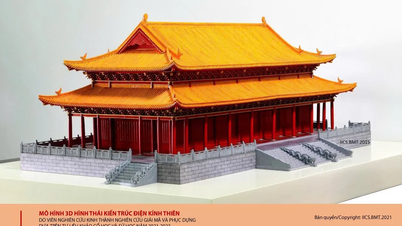




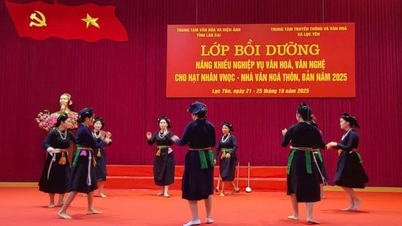












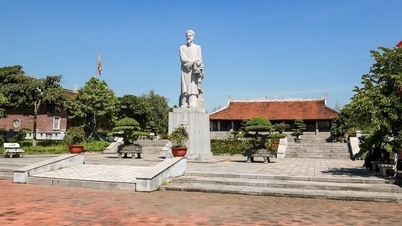
















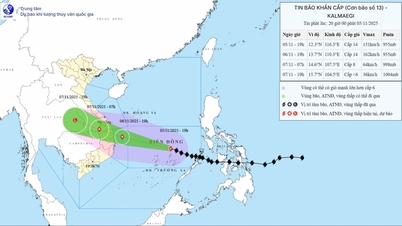
















![[Motion Graphics] 5 notes when converting from lump-sum tax to declaration](https://vphoto.vietnam.vn/thumb/402x226/vietnam/resource/IMAGE/2025/11/06/1762381214740_fb_thoi-tiet-cms-1200x800-3.jpeg)
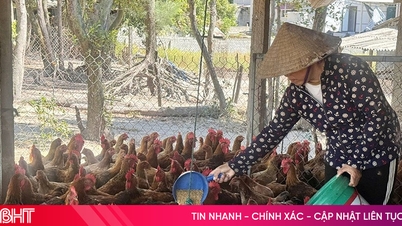

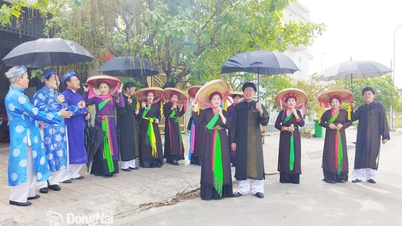















Comment (0)